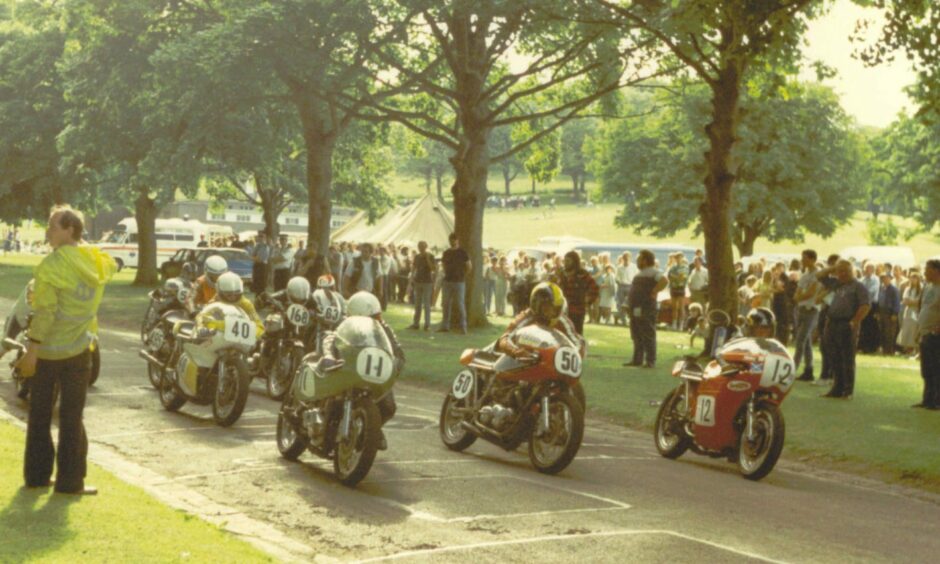
Motorcycle road racing began in Scotland 75 years ago with the 1948 Kirkcaldy Grand Prix which was held at the town’s Beveridge Park.
The intoxicating smell of burning rubber and the roar of engines was an annual occurrence for 40 years until the chequered flag fell for the final time in 1988.
Thousands of spectators used to line the broad tarmac path for motorcycle races within the park which was the scene of triumph, tragedy and controversy in equal measure.
The racing circuit was 1.37 miles long and 23 feet wide.
It was steeply cambered in places and flanked on either side by trees which were growing a few yards back from the track edge and spaced every 10 metres or so.
Races were held every year at Beveridge Park, except in 1957 when the Suez Crisis caused fuel shortages, and combined car and bike events were run in the 1950s.
Fife’s motorcycle competition history began in the 1920s when local clubs were formed and Kirkcaldy and District Motor Club held championship sand racing on the beach.
KDMC organised the 1948 Kirkcaldy Grand Prix, which drew the top high speed racers from across the country and abroad, but probably the best known were Glasgow’s Bob McIntyre and Alistair King, who dominated British racing in the 1950s and 1960s.
The Fife Free Press described the Kirkcaldy Grand Prix as “one of the most thrilling and sensational motor cycling events to be recorded in the annals of Scottish racing circles”.
It reported: “On Saturday, Beveridge Park, the first road racing circuit in Scotland, resounded to the roar of open exhausts, and the 7,000 spectators were treated to a programme of racing which has not been bettered in Britain.
“From the moment the first flag fell to start the 250cc event, which was the official opening of the Kirkcaldy Grand Prix, until the final flag fell for the club members race, thrill followed thrill, and despite the fact that this ambitious venture was the first of its type to be attempted by the Kirkcaldy club, there were no snags, no delays, and only one serious accident.”
English Grand Prix road racer and Isle of Man TT champion Denis Parkinson won the two major awards in the 350 and 500 classes with a top speed of 50.7mph.
What did racing star Denis Parkinson make of the Beveridge Park track?
Parkinson said the circuit could become one of the country’s fastest.
All it needed was some tarmac at the top of the hill!
KDMC archivist Jake Drummond said Beveridge Park was first suggested to Kirkcaldy Corporation for staging motorcycle racing in 1928 although the plea fell upon deaf ears.
Jake told me: “Progress towards motorcycle road racing — as in the Kirkcaldy Grand Prix — was slow as no Scottish council would allow road closures.
“The persistence of the club committee and the power of the pen eventually paid off when Kirkcaldy Council realised the tourist potential.
“The Kirkcaldy Grand Prix was possibly looked on as a one-off, as the advertising poster had no year on it, only August 14.”
It wasn’t.
Word of the success of the 1948 meeting spread.
The crowd was up to 10,000 in 1949 where Parkinson raised the lap record to 52mph while fighting off the challenge in the 350cc of Fife newcomer Jimmy Blair.
In the 500 another local was waiting to take on the Wakefield man and Tommy McEwan from Kinglassie raised the lap record to 54mph on his winning way.
Murray Walker — who will always be the voice of Formula 1 — shared commentary duties with his father Graham at Beveridge Park races in Kirkcaldy in 1950.
The track had been resurfaced and Walker was able to record Jimmy Davie making good use of the new tar to nip round smartly at 58.5mph while chasing Parkinson.
Walker went on to cover the Saturday afternoon scrambles live on BBC Grandstand where he returned to Kirkcaldy to call the action before commentating on F1.
The pre-war riders were enjoying their last fling though and it was the new generation who were making the running in the 1950s like Jimmy Blair from Monikie.
Sadly, racing’s risk brought with it tragedy.
Blair was the first rider to die at Beveridge Park in 1953 when he was thrown from his saddle and struck a tree while running at full throttle near the Raith Bend.
Cars raced in 1952, 1953 and 1954 and the entry list included Ken Tyrrell and Ivor Bueb who went on to race in F1 and Ninian Sanderson who won Le Mans in 1956.
The 1960s was the boom time for the 250cc class in Scotland with 188 entries on the programme in 1964 where winner Ernie Johnston took £14 back to Bridlington.
Kart racing arrived in 1971 and 1972.
Throughout the 1970s there was a regular diet of heroes and Jock Taylor set a sidecar lap record at Beveridge before going on to win the 1980 World Sidecar Championship.
Another Scot destined for great things, Niall Mackenzie, won the newcomers’ award in 1980 which was the first step on the ladder to the British Superbike Championship.
The list of competitors over the 40 years of competition include some of the most illustrious in motor cycling although Beveridge Park was no respecter of reputations.
Seven-time Isle of Man TT winner Tony Rutter was the reigning F2 champion when he brought his winning Ducati to Kirkcaldy in 1984 but Dundee’s Jack Gow went faster.
Nothing lasts forever.
Track inspections in the 1980s were bringing the track under greater scrutiny from the governing body with safety issues regularly being raised and debated.
The concerns were not unjustified.
The track was becoming unsuitable for the ultra quick racing machines of today and these points were viewed against a backdrop of the events KDMC were now running at Knockhill, a purpose-built circuit in Dunfermline, which opened in 1974.
The club decided to stop the races in 1988.
The 40th anniversary seemed a fitting date to draw things to a close.
It was the end of racing on the track which gave birth to road racing in Scotland and the riders entered for the final race included future British and world champions.
Kirkcaldy’s Brian Morrison will forever hold the title of fastest man around the circuit at 73.55mph which ensured the lap record and the final win remain within the town.
Morrison’s had nine wins at Beveridge Park between 1984 and 1988 alongside 84 Superbike starts before becoming the 1996 World Endurance champion.
The engines fell silent and the crowds dispersed.
Never to return.
Take a walk up to Beveridge Park the next time you are in Kirkcaldy.
A memorial was erected there in 1984 in memory of World Sidecar champion Jock Taylor who died in 1982 aged 28 and was a member of the Kirkcaldy club.
The wooden sculpture also includes the names of Jimmy Blair, Angus Callum, Brian McAnelly, Matt Redmond and Davy Drummond who lost their lives there.
All five died competing in the sport they loved.
At the place where the fast ones and not-quite-so-fast ones loved racing.
What made The Park so special?
KDMC president Hugh Ward said: “The memorable points which made this circuit unique are not just the narrowness, or the elevation changes and the fact that it was a proper roadway in daily use by walkers and council vehicles, or the combination of blind and restricted views when entering the corners.
“What made The Park unique was the atmosphere created by the setting below the trees and the camaraderie created by riders and officials dedicated to making the event take place.
“The decision to stop was correct, and needed to happen, but for those of us involved, not only on that final park day, but those who participated over the proceeding years, it did not make its passing any easier in our hearts.
“The Beveridge Park events had gone, but the Scottish Road Races remained, and moved to Knockhill and even on to East Fortune, but for me personally, and possibly for many more enthusiasts, it was the end of an era.”
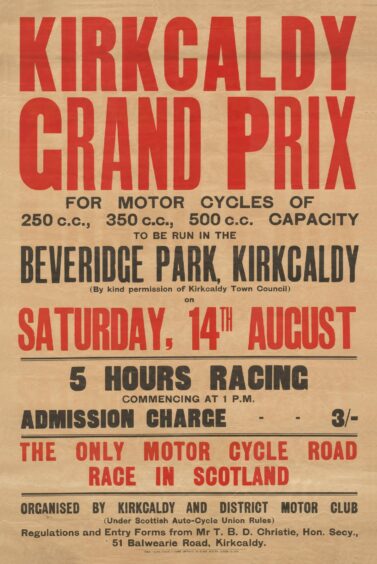
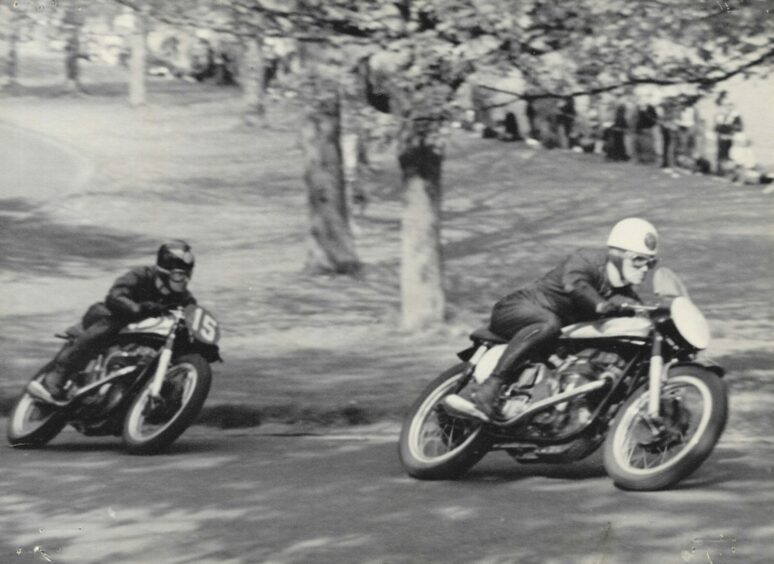
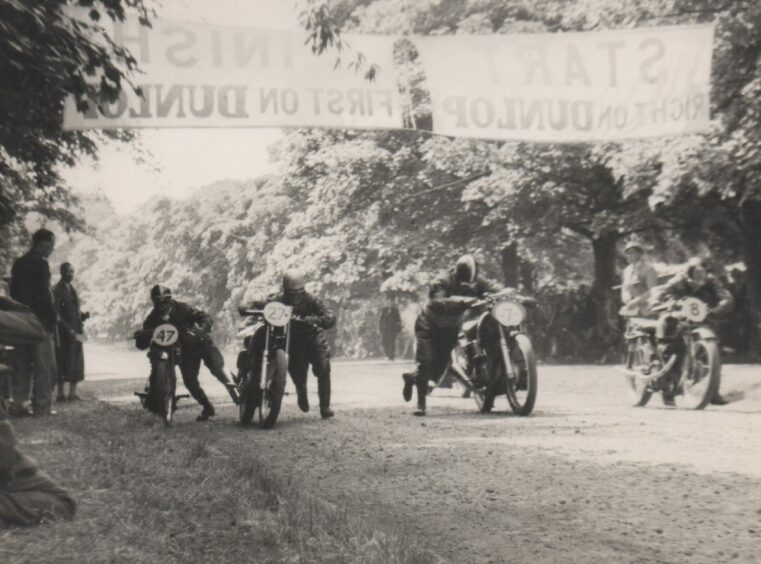
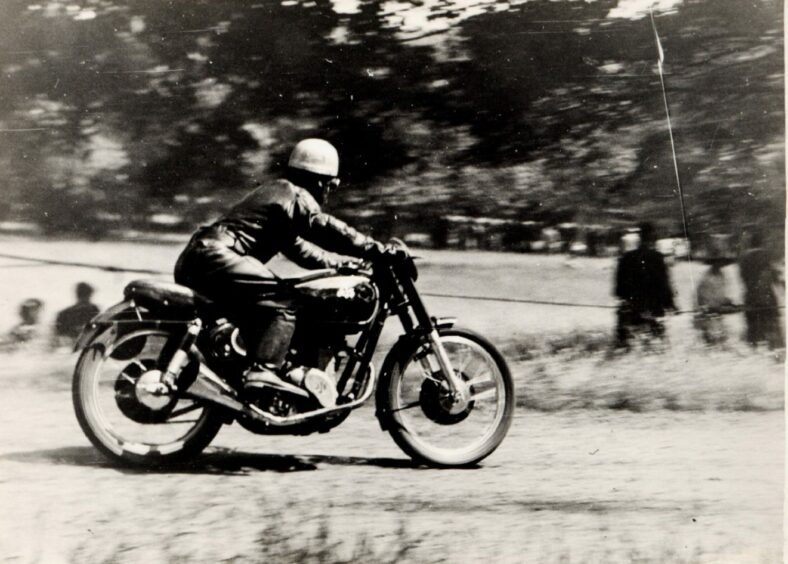
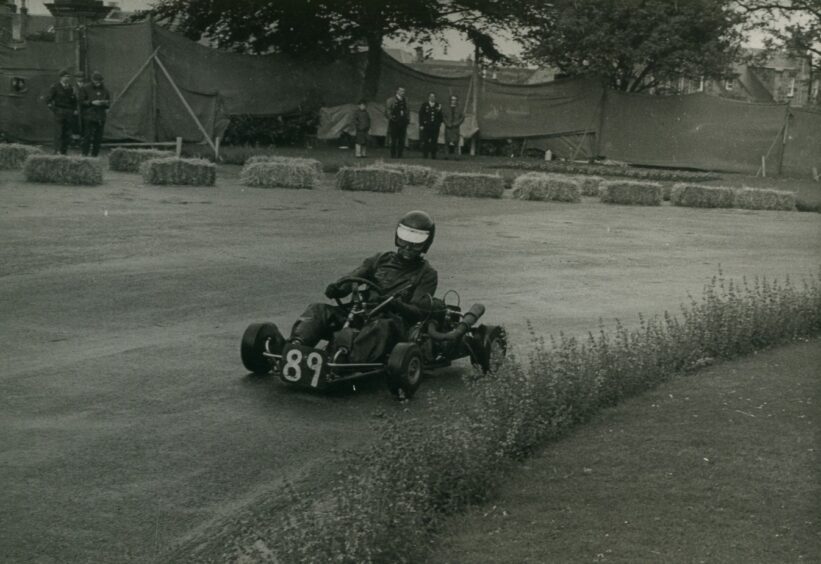
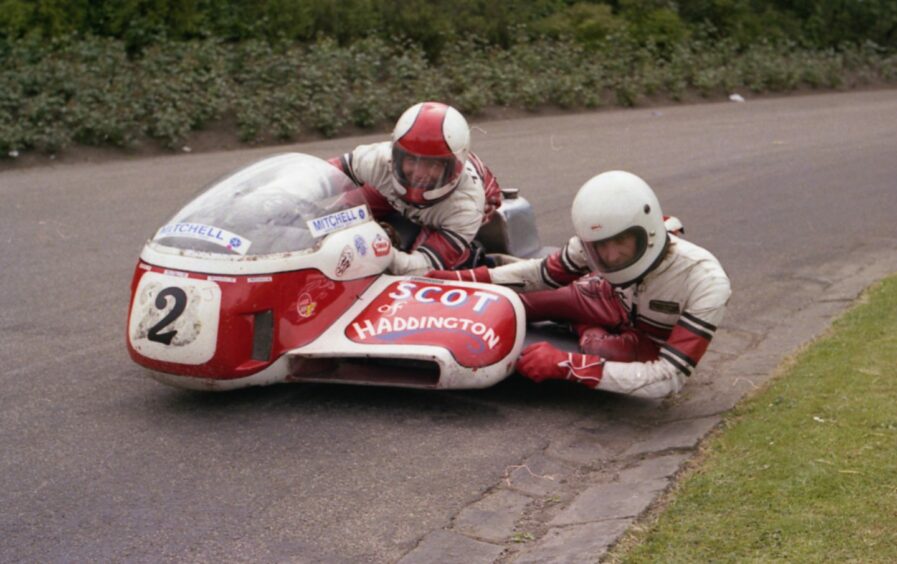
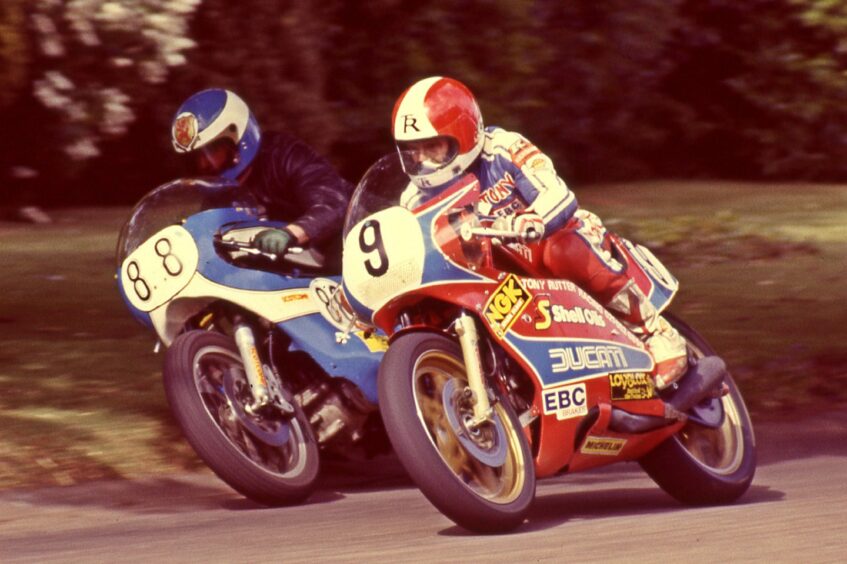











Conversation